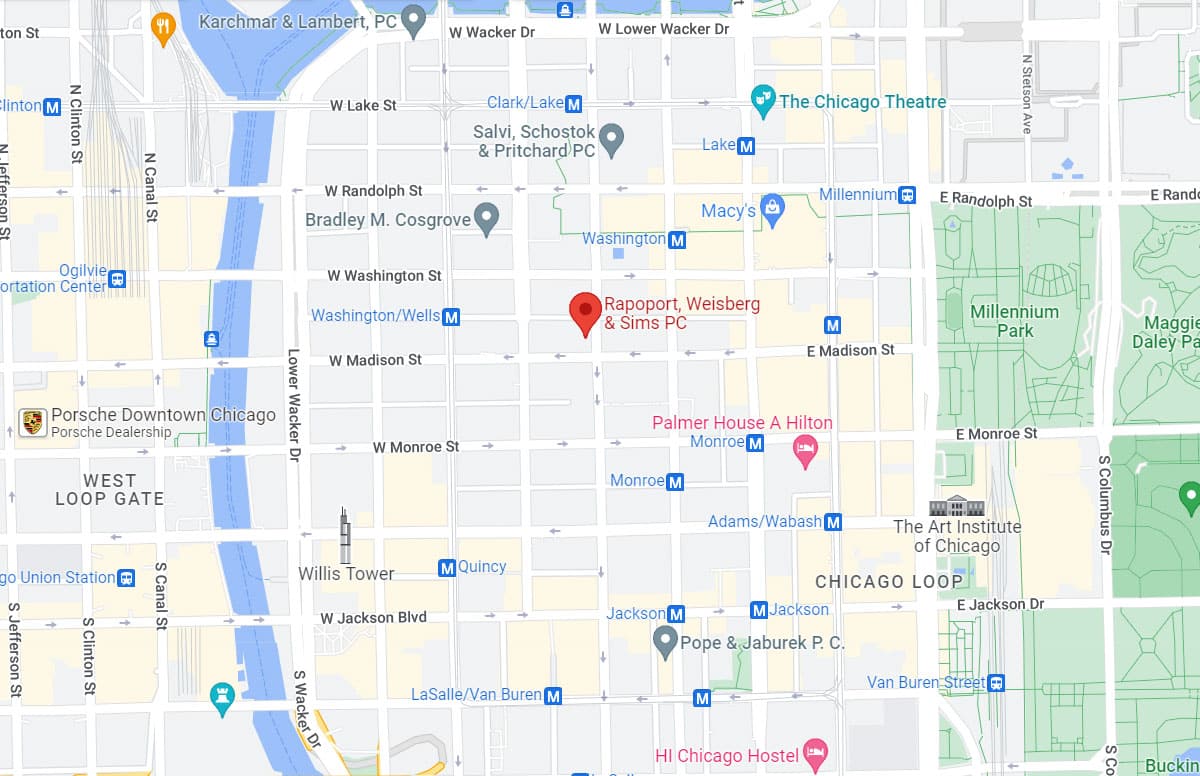Most parents are aware that their children need to be placed in car seats when they are young. Finding and installing the right car seat is not as easy as it sounds. Other decisions, such as when to turn a rear-facing car seat around, when to switch to a booster seat and when to allow your child to ride with just a normal seat belt are also not necessarily straightforward. The National Highway Traffic Safety Administration offers advice to parents and guardians looking to make the safest choices for kids. They offer several tips to make the decision-making process easier.
The first tip in choosing a car seat is to make sure the seat works with your vehicle. Some cars and car seats are built with an installation system known as LATCH (Lower Anchors and Tethers for Children). LATCH makes installation easier in many ways because they do not rely on seat belts to secure the car seat. If your vehicle is not equipped with LATCH, you need to select a seat that can be installed using seat belts only.
Car seats can be rear-facing only, convertible between rear-facing and forward-facing, forward-facing only, and convertible between forward-facing and booster seat functionality. All types of car seats should be placed in the back seat, rather than the front. Children under age 1 should always be in rear-facing seats, due to the fragility of their neck and spine. The NHTSA recommends keeping children rear-facing until they reach the top height or weight limit allowed by the car seat’s manufacturer. Children up to 3 may be able to ride in rear-facing seats.
Between the ages of 4 and 7, children should be placed in forward-facing car seats, secured with a harness and a tether. Again, they should continue to use these seats until they reach the height or weight limit established by the car seat’s maker. Once your child reaches the height or weight limit of the full car seat, it is time to switch to a booster seat.
Booster seats are the last step before switching to a normal seated position like an adult. That switch should only occur once the child is tall enough for the seat belt to fit correctly. A proper seat belt fit means that the lap belt hits the upper thighs, rather than the stomach, and the shoulder belt fits across the shoulder and chest, rather than the neck or face. Even then, your child is safer in the back seat than the front.
The NHTSA guide on How to Find the Right Car Seat contains other helpful advice on choosing and installing a car seat. They even have a site dedicated to finding the right seat for your child based on his or her age, weight and height. These sites can help parents keep their children safe by ensuring the use of a proper car seat.
Source: NHTSA, “How to Find the Right Car Seat,” 2015
